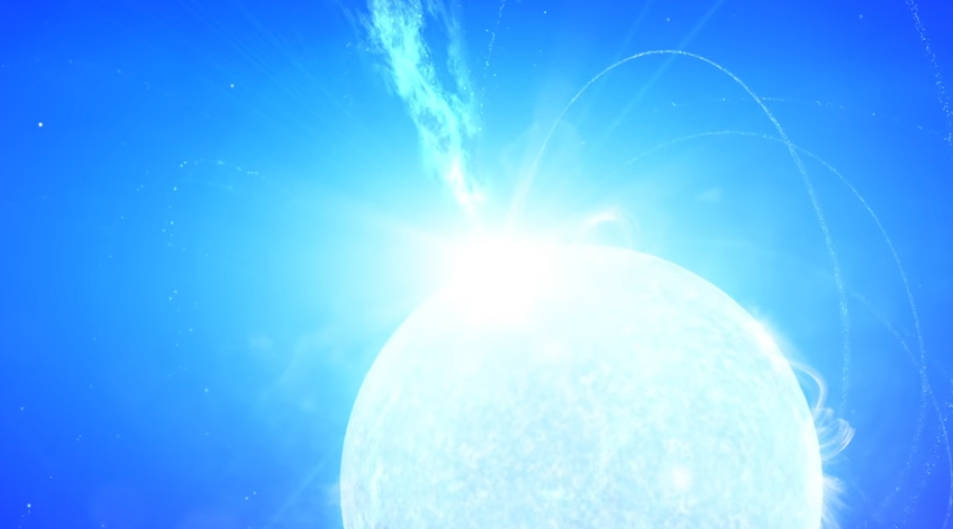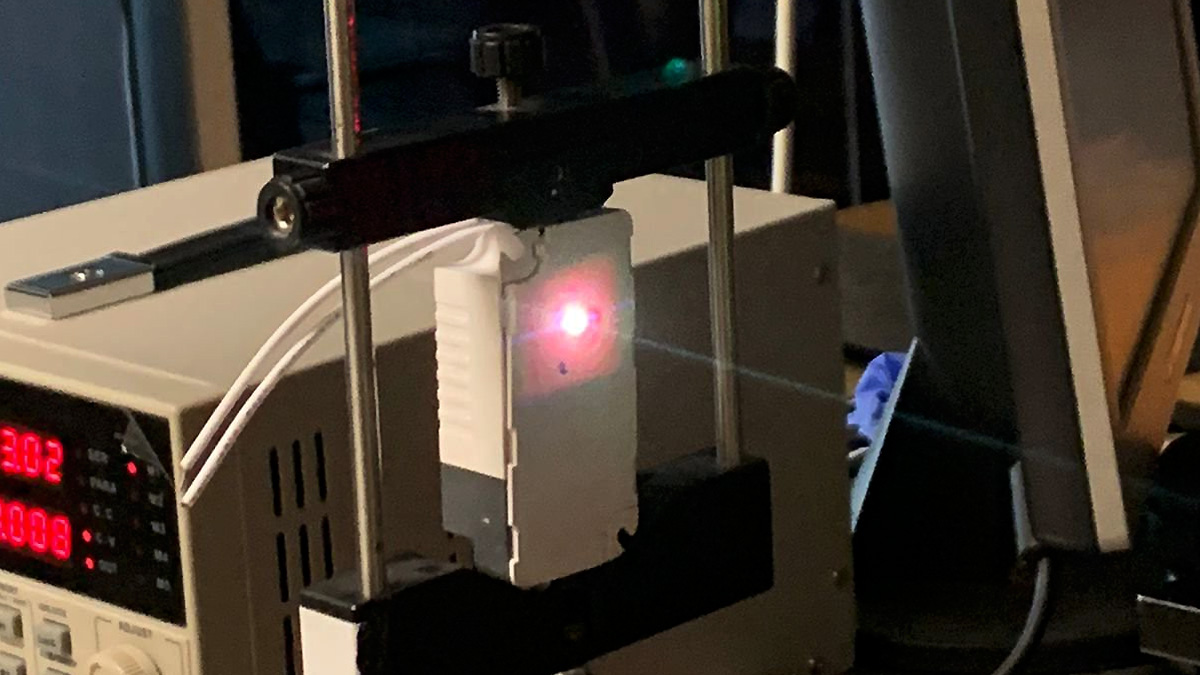
Scientists have discovered more clues about the birth of fast radio bursts (FRBs) emitted from distant galaxies whose origins remain a mystery. FRBs are millisecond-duration events detected from within and beyond the Milky Way. Within our own galaxy, evidence suggests FRBs come from a rare type of neutron star called a magnetar.
Like other neutron stars, magnetars are extremely dense – they might be 12 miles across but possess a mass about 1.4 times that of the Sun – and they also have magnetic fields hundreds of millions of times stronger than human-made magnets. The problem with the idea that FRBs come from magnetars is that bursts from other galaxies tend to be weaker, and from stars that are typically old, when magnetars are thought to be young, energetic phenomena.
A new paper published in Nature this week from Kritti Sharma, a California Institute of Technology graduate student, and her colleagues might help explain the puzzle. In an accompanying paper, Daniele Michilli, a postdoctoral researcher at the MIT Kavli Institute, said: "Although the source of these bursts is unknown, the discovery of an FRB-like signal emanating from an object in the Milky Way provides a hint: a rare type of neutron star called a magnetar. However, the Galactic burst was considerably weaker than other known FRBs, and a confirmed FRB from an old population of stars adds another confounding factor, because magnetars are young and highly energetic.
" He said the results from Sharma's team, acquired in a survey of the galaxies from which FRBs originate, suggest these FRBs might come from magnetars that are created in unconventional ways. The research relied on data from a grid of antennas in California called the Deep Synoptic Array (DSA-110), collected between February 2022 and November 2023, which focused on 20 galaxies. It compared evidence of FRBs with "core collapse supernovae," the explosive deaths of massive stars, which are thought to create neutron stars, including magnetars, or a black hole.
The results showed, however, that FRBs and core-collapse supernovae seemed to come from different-sized galaxies. While core-collapse supernovae come from smaller galaxies, FRBs come from larger ones. Sharma and her collaborators put forward the idea that FRBs could come from magnetars formed not from core-collapse supernovae, but after the merger of stars in binary systems.
"Magnetar formation through binary systems could also explain the occasional appearance of FRBs in regions with older stellar populations, because binary star systems can have considerably longer lifespans than those of isolated magnetars," Michilli said. He pointed out that hardware set to come online could help support the idea. Improvements to the Australian Square Kilometre Array Pathfinder (ASKAP) and Canadian Hydrogen Intensity Mapping Experiment are expected to arrive next year.
®.














